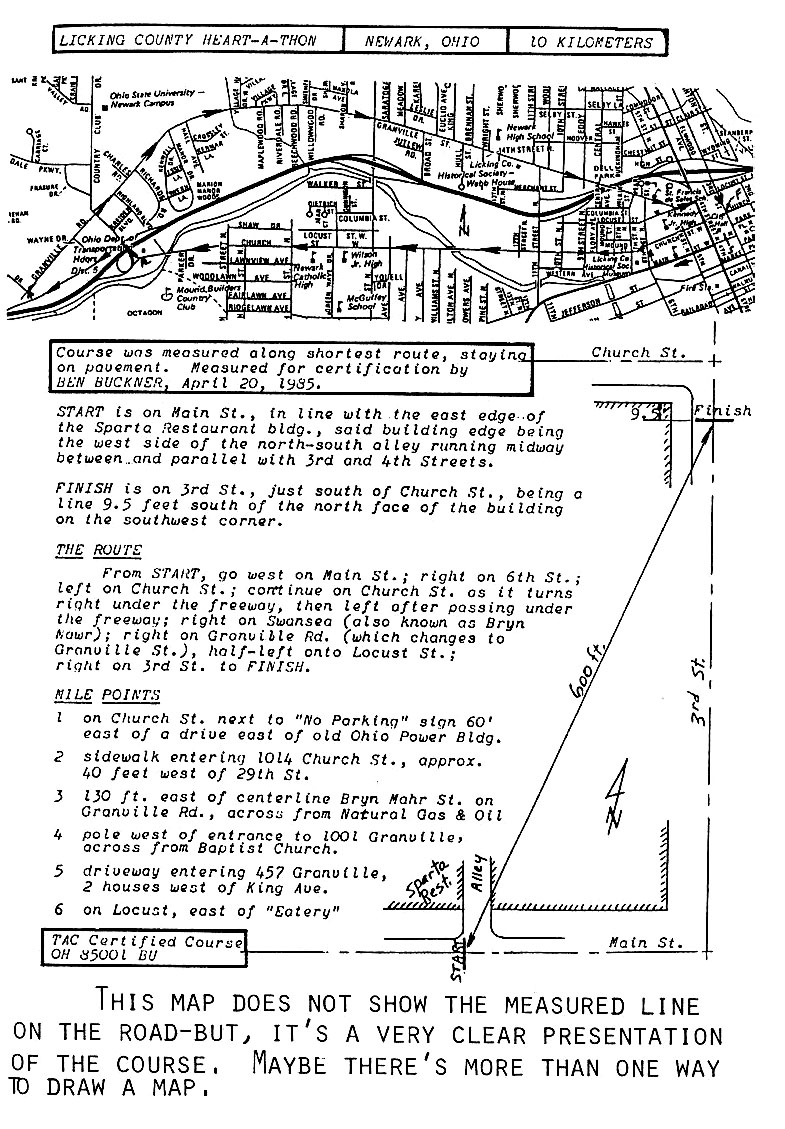PAPERLESS CERTIFICATION FILES
Mike Wickiser has been scanning all the course maps for some time now, and they are available to all on the USATF web site. The paper copies get filed, and the last time I saw the files, five years ago, they filled seven file drawers. For every 100 certificates that were filed, 95 or more never again saw the light of day. Thus we have a huge stack of paper, only part of which has value.
It would be nice if this paper could be converted to electronic form, so that the paper could be discarded. However, it should not result in an added burden for whoever gets to do the work. This part is very important.
The ideal solution would be for each certifier to create individual electronic copies of what he now mails. It would spread the work around. I don't think this would work without a lot of planning and programming. It would, however, spread out the work and not leave it all in the lap of the course registrar. I envision a data-entry template, similar to what Alan Jones uses in Runscore, that could be used to produce a “frame,” inside which the map, scanned as an image by the certifier, would lie. The frame would contain all the information presently included on the certificate. The frame would have small fonts, so as to get in all the information without intruding too much on the map. This would put everything on one side of one image. The data entry could also be used to generate lines in the course list, so that it does not need to be retyped by the registrar.
Another approach could be for the certificates themselves to be scanned, in addition to the maps. This would double the scanning work, but would preserve all the information that is on the certificate.
This is just a wild dream for now, but I believe, if we could get it done, it would result in better service and superior data storage and availability. Instead of a file drawer full of paper, think of one or two CD’s.
Original Post



